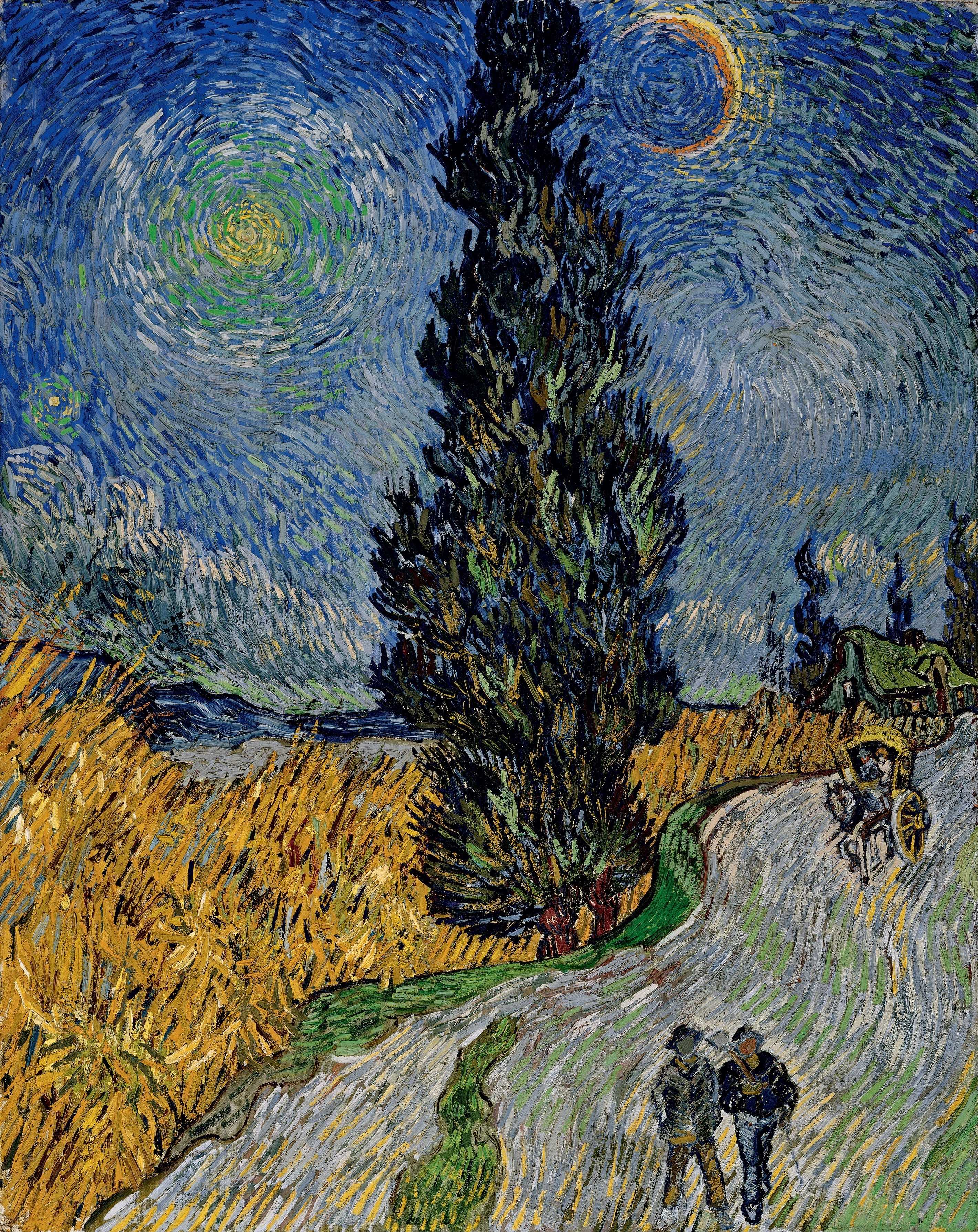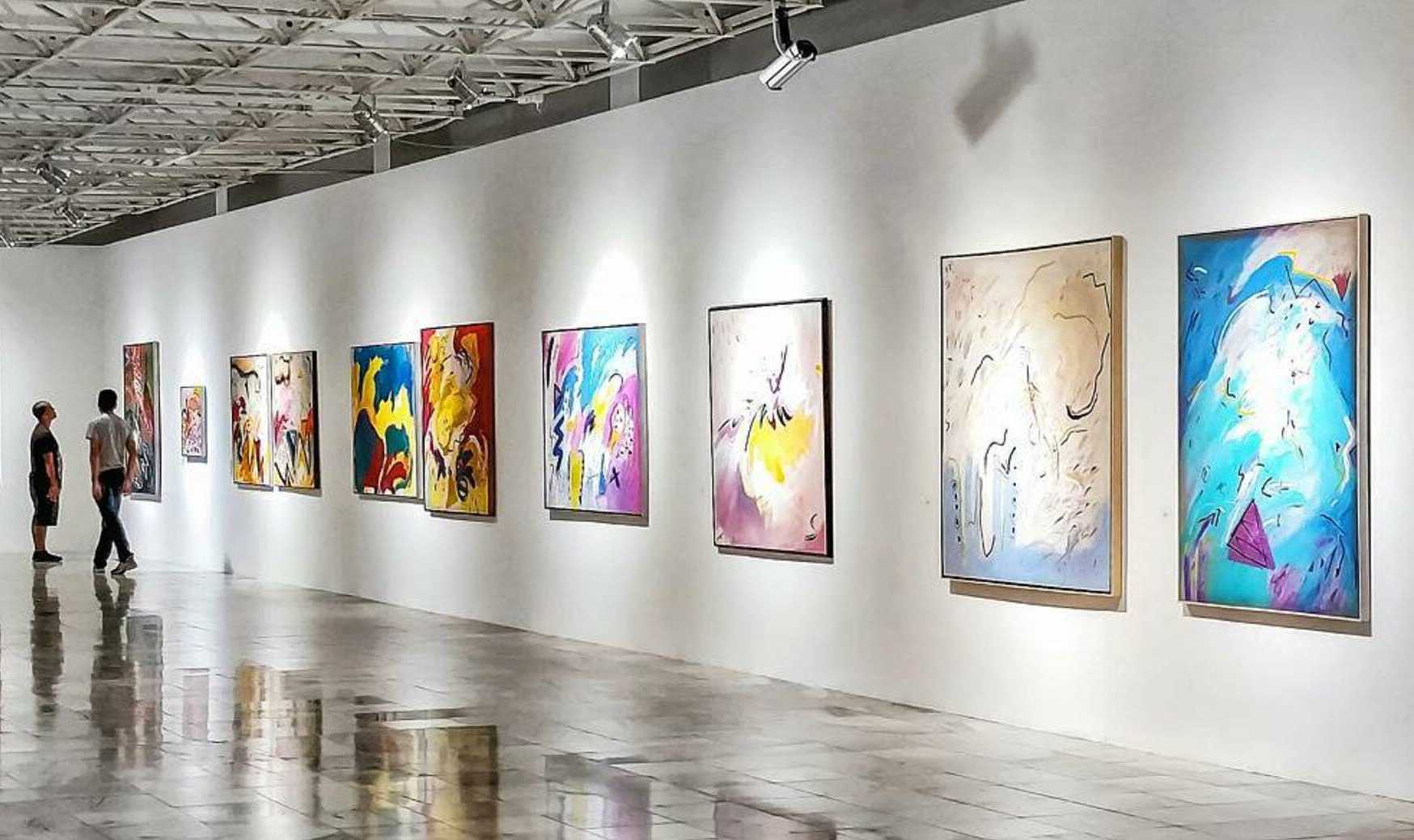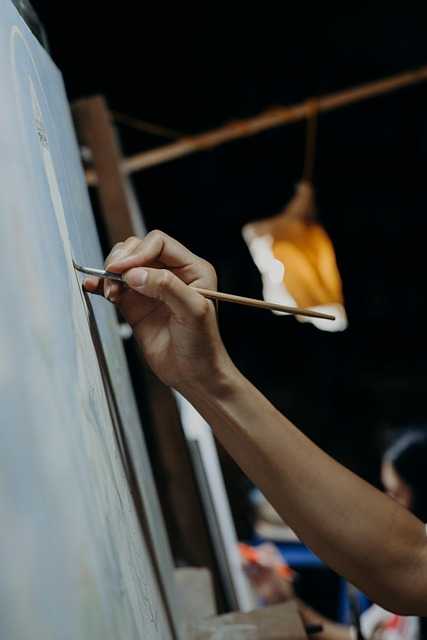Table of Contents
- Exploring the Intricacies of Modern Art Market Valuation
- Key Factors Driving the Price Surge in Contemporary Art
- Investing in Modern Art: Where to Start and What to Consider
- The Role of Galleries and Auctions in Setting Art Prices
- Understanding the Impact of Artist Reputation on Art Valuation
- Q&A
- The Way Forward


Exploring the Intricacies of Modern Art Market Valuation
Valuating modern art is a multifaceted endeavor that intertwines subjective interpretation with quantifiable economic factors. Various elements contribute to the price of a piece, leading to an often unpredictable market landscape. Key aspects influencing valuation include:
- Artist Reputation: The prominence of the artist in the art community can significantly skew prices.
- Historical Context: The time period during which the piece was created can affect its desirability and market value.
- Provenance: A clear history of ownership often enhances an artwork’s value, with pieces linked to prestigious collections fetching higher prices.
- Rarity: Limited availability or unique characteristics can make a piece more sought after.
Additionally, trends within the art market can lead to rapid fluctuations in valuation. Auction results often serve as indicators of what collectors are willing to pay, making it crucial to monitor sales predictions and previous auction performances. Collaborations between artists and luxury brands also play a pivotal role, as these partnerships can elevate an artist’s profile and the perceived value of their work. For instance, a recent collaboration between a contemporary artist and a renowned fashion label skyrocketed prices for the artist’s original pieces.
| Artist | Artwork | Valuation (USD) |
|---|---|---|
| Jean-Michel Basquiat | Untitled (1981) | $110 million |
| Damien Hirst | The Physical Impossibility of Death in the Mind of Someone Living | $12 million |
| Banksy | Girl with a Balloon | $1.4 million |
This landscape has led many collectors to approach acquisitions with a blend of passion and strategy. Understanding not just the artwork itself but also the broader cultural and economic narratives surrounding it is essential. As tastes change and new movements emerge, the valuation of modern art will continue to evolve, ensuring that both veterans and newcomers navigate this dynamic market effectively.
Key Factors Driving the Price Surge in Contemporary Art
The contemporary art market has witnessed an unprecedented increase in prices, which can be attributed to several interconnected influences. One significant factor is the growing demand from affluent collectors and corporate investors who see art not only as a cultural asset but also as a lucrative investment. The influx of new wealth, particularly from tech and finance sectors, has created a more competitive environment where pieces by emerging artists fetch astonishing sums. This kind of financial activity has transformed many galleries and auction houses into battlegrounds for high-stakes bidding, thereby driving prices upward.
Another driving force behind the price surge is the globalization of the art market. With the rise of online platforms, artists and galleries can reach a broader audience than ever before. This accessibility has not only increased the visibility of contemporary works but has also fostered an international collector base eager to acquire pieces from diverse cultural contexts. The growing interest in non-Western art, for instance, has opened new avenues for pricing as collectors seek out pieces that convey unique narratives and aesthetics.
Moreover, the scarcity principle plays a crucial role in art valuations. Many contemporary artists produce limited editions or unique works, which adds an innate value to their creations. Coupled with the reputation of established artists, the concept of limited availability elevates the perceived worth of these artworks. Additionally, as certain artists gain fame and recognition, early pieces from their careers become coveted commodities, further inflated by speculative buying among collectors aiming for long-term value appreciation.


Investing in Modern Art: Where to Start and What to Consider
Investing in modern art can seem daunting, especially with the wide array of contemporary pieces available on the market today. To begin your journey, it’s essential to familiarize yourself with the various genres and styles that define modern art. This includes understanding movements such as Abstract Expressionism, Minimalism, and Pop Art, each of which offers unique aesthetics and investment potentials. Attending exhibitions and art fairs is a fantastic way to immerse yourself in the community and discover emerging artists, as well as established names.
When considering your investment, keep in mind the following key factors:
- Artist Reputation: Look for artists who have had exhibitions in reputable galleries or are recognized by critics and collectors.
- Provenance: Investigate the history of the piece—its past ownership can significantly influence its value.
- Market Trends: Stay informed about current art market trends, which can help you identify which styles or artists are gaining popularity.
- Condition of the Artwork: Evaluate the physical condition of the piece, as damage can dramatically impact its value.
diversify your investments to mitigate risks. Consider exploring both established and emerging artists to create a balanced collection. Additionally, new platforms have emerged, providing online access to art sales, which can broaden your options considerably. Below is a simple comparison table to help you weigh different investment approaches:
| Investment Approach | Pros | Cons |
|---|---|---|
| Original Works | Unique pieces, potential high appreciation | Higher initial cost, possible liquidity issues |
| Prints & Editions | Lower price point, more accessible | Less potential for large appreciation |
| Art Funds | Professional management, diversification | Fees, limited control |


The Role of Galleries and Auctions in Setting Art Prices
In the contemporary art sphere, the significance of galleries and auctions extends far beyond merely showcasing art. They play a crucial role in shaping the perception of value and establishing market prices. Galleries and auction houses often act as gatekeepers, controlling the narrative around an artist’s work and influencing how collectors and investors perceive it. Their selection of artworks, marketing strategies, and exhibition timelines can dramatically impact an artist’s trajectory and the eventual price of their pieces.
One of the key components in setting prices is the transparency of information available in the market. Auction houses, for instance, provide a platform that allows potential buyers to see previous sale prices for similar works, thus informing their purchasing decisions. This data creates a benchmark; artwork that sells for high amounts can push the prices of similar pieces upwards, leading to a cyclical pattern of increasing values. Furthermore, the competitive environment of auctions often drives prices higher as buyers compete against each other to acquire coveted pieces.
Moreover, the reputation of the gallery or auction house can significantly influence buyer confidence and willingness to pay. A well-established venue not only attracts high-profile artists but also guarantees a certain level of quality and legitimacy to their offerings. Galleries often curate exhibitions that highlight trending themes or emerging artists, while auctions may spotlight rarified works that garner media attention. This combination of strategic positioning and market visibility gets translated into higher price tags, reinforcing the notion that modern art can indeed be expensive, yet simultaneously a worthwhile investment.


Understanding the Impact of Artist Reputation on Art Valuation
In the contemporary art market, an artist’s reputation plays a crucial role in determining the value of their work. Reputation can encompass a variety of factors, including the artist’s exhibition history, critical acclaim, and the traction they gain within the art community. When artists have displayed their creations in prestigious galleries or museums, their artwork is often perceived as more valuable due to the enhanced credibility associated with those institutions. This recognition not only validates the artist’s talent but also creates a demand for their pieces among collectors and investors.
Several key elements contribute to an artist’s reputation and ultimately influence art valuation:
- Exhibition History: Regular shows in prominent galleries.
- Critical Reviews: Favorable coverage in art publications can boost visibility.
- Public Presence: Active engagement on social media platforms helps build a following.
- Market Trends: Alignment with contemporary art movements can enhance desirability.
Moreover, artist reputation can create a ripple effect within the art market. As more collectors seek out popular or high-profile artists, the price points tend to elevate considerably, often leading to a phenomena known as the “celebrity artist effect.” This can result in drastic discrepancies between the values of lesser-known and celebrated artists, even if the quality of the artwork is comparable. Understanding this facet of the market is essential for both buyers and sellers, as it highlights the subjective nature of art valuation in modern times.
Q&A
Q&A: The World of Expensive Modern ArtQ1: Why is modern art often considered so expensive?A1: The value of modern art can be attributed to several factors. One significant reason is the artist’s reputation and provenance. Works created by well-known artists or those with a compelling history typically command higher prices. Additionally, the uniqueness and rarity of the piece play a crucial role—limited editions or one-of-a-kind works often soar in value. Trends in the art market, the emotional connection viewers may feel toward a piece, and even the socioeconomic status of collectors can influence pricing as well.Q2: What defines “modern art”?A2: Modern art refers to artistic works produced roughly from the late 19th century through the mid-20th century. It encompasses a diverse range of styles, including Impressionism, Cubism, Abstract art, and Surrealism, among others. This movement is characterized by a break from traditional artistic conventions and an exploration of new forms, techniques, and ideas, often reflecting the rapidly changing world and society of the time.
Q3: Who are some of the most expensive modern artists?A3: Some of the most expensive modern artists include the likes of Pablo Picasso, Jackson Pollock, and Jean-Michel Basquiat. Recent auction results have seen Picasso’s works fetch upward of $100 million, while Pollock’s drip paintings also command astronomical prices. Newer artists, such as Jeff Koons and Damien Hirst, have made headlines with their record-breaking sales, demonstrating that the modern art market is both dynamic and ever-evolving.
Q4: How does the art market determine the price of modern art?A4: The art market is influenced by various components, including auction houses, galleries, and private sales. Market demand plays a pivotal role; as interest in an artist grows, so does their artwork’s value. Further, economic factors, such as investors’ willingness to purchase art as an asset class, can drive prices up. critical acclaim and media attention often affect public perception and, consequently, the desirability and value of modern artworks.
Q5: Are all modern artworks expensive?A5: Not all modern artworks carry exorbitant prices. While high-profile pieces by renowned artists can be astronomically priced, there is a vast range of modern art available at more accessible price points. Emerging artists often offer more affordable options, and art fairs, online platforms, and local galleries can provide opportunities to purchase modern art without a hefty price tag. The beauty of art lies in its diversity, and there’s something for every budget and taste.
Q6: What should a potential buyer consider before investing in modern art?A6: Potential buyers should consider several key factors before investing in modern art. Firstly, establish a budget and stick to it. Research the artist’s background, market trends, and historical sales data to understand the potential value of the piece. It’s also wise to acquire artworks that resonate personally, as an emotional connection can enrich the experience. Lastly, consulting with art advisors or appraisers can provide valuable insight into making informed decisions in this complex market.
Q7: Is investing in modern art a good financial decision?A7: Investing in modern art can yield substantial returns, but it also carries risks, much like any other investment. Art is inherently subjective, and market trends can shift, affecting value over time. While some pieces appreciate significantly, others may not. For collectors who are passionate about art and willing to research diligently, it can be a rewarding venture both financially and personally. However, it’s essential to approach art investment with realistic expectations and a sense of purpose beyond just monetary gain.
